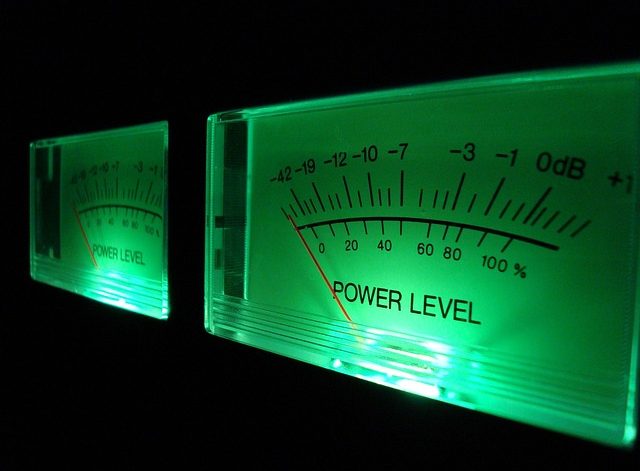What is meant by Environmental Indicators?
Environmental indicators refers to the quantitative, numerical or statistical value assigned to a phenomenon that takes place in the environment. They are assigned numerical values in order to assess the impact and judge the condition of the environment. They are usually based on Environmental parameters.
What are Environmental Parameters?
Environmental parameters means the various conditions or variables existing in the natural environment that can be quantified numerically by assigning values. Examples of environmental parameters include: temperature, humidity, air quality, water quality, soil quality, fertility, permeability etc. and other factors affecting climate and land changes.
You might also be interested in: Role Of Bioinformatics In Environmental Science Studies
Relationship between Environmental Parameters and Indicators:
Environmental Indicators are basically values derived from the various environmental parameters that describe the state of the environment or other phenomenon happening inside the biosphere. For instance, certain environmental indicators can tell us about urbanization, loss of biodiversity, ozone depletion, decline in forest area and loss of glaciers to name a few.
Likewise, Environmental Parameters are the factors or variables that are used to indicate these changes in the environment by assigning them a numerical value. Hence, both of these are linked. For example, the parameters affecting urbanization may be population growth (calculated in numbers), increased food demand etc.. Or an effective parameter can also be the concentration of ozone depleting substances (such as CFC’s) in the stratosphere that can indicate the health of the protective ozone layer.
Check out: Environmental Impacts of Ozone Depletion due to CFCs (Chlorofluorocarbons)
Similarly, measurements of sea level rise, global temperature rise, greenhouse gas emissions, water scarcity levels, agricultural output and other quantifiable measurements are all indicators of the health of the environment.
To understand this relationship better, consider the example of global warming: The trends from 1980 to 2000 show a rise in global average temperature rise. This rise in temperature (which is a parameter) has a value that we can compare across years. This makes the different changes in temperature an environmental indicator. Thus, the rise in average temperatures through decades is an indicator of global warming/climate change.
Also read: Global Heat Wave and Wildfires – Causes, Effects, Solutions
Types of Environmental Indicators:
There are many subsets of environmental indicators.
1. Ecological Indicators: this includes indicators that tell us how the human activities affect the complex ecosystems in the form of physical, chemical and biological measures such as temperature, ozone concentration in the stratosphere or the number of migratory birds in the area. They are also usually known as state indicators as they indicate the state of the environment.

2. Anthropogenic/Pressures Indicator: These are related to the anthropogenic activities and their effect on the environment. The most common indicator in this subtype is the greenhouse gas emissions particularly that of carbon or amount of waste generated in an area that can cause load on the environment.
Read: Ozone Depletion – Causes, Effects, and Solutions

3. Human Indicators: this means the number of people being used to carry out treatment and clean up activities in the environment. It can also be said to be a “Response Indicator”- how the human society responds to issues concerning the environment.
Environmental Indicators are selected or may be chosen based on the specific area and the ecosystems that fall under it. This allows us to monitor the health of the environment in a better way.
5 Main Environmental Indicators:
As per the OECD- Organization for Economic Co-operation and Development, report the protection of the environment is based on the regulation, monitoring and control of the following 5 indicators:
1. How threatened species will impact biodiversity.
2. How SOx and NOx emissions will impact air quality.
3. Municipal waste generation and treatment.
4. Water quality and waste water treatment.
5. Climate change and greenhouse gas emissions of CO2
Reference: OECD
Benefits and Importance of Environmental Indicators:
Environmental Indicators are essential tools for observing the various changes in the environment, the pressures on the various ecosystems, and how they can be fixed if they deviate from their standard/normal values. Without indicators, there is no basis for us to take action against climate change. Without indicators we have no way of knowing what changes and being made to our environment because of human processes as well as natural phenomenon occurrences. Thus, environmental indicators are crucial aspects of environmental monitoring, protection and play a very important role in sustainable development as well.
You may also be interested in: What is Environmental Science and Why is it Important?
We hope you liked this post! Please comment below if you have any suggestions, comments or feedback! We at #envpk love hearing from readers! Thanks




